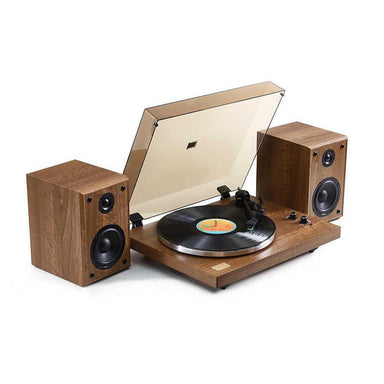
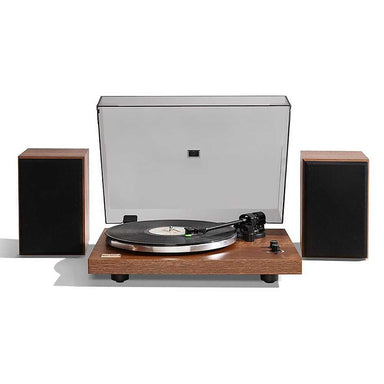 Save $80.00
Save $80.00
Cassini Vinyl Turntable Record Player 40 Watt Stereo
Specifications: Turntable Dimensions: 17.6" x 16" x 15.8" Speaker Dimensions: 6.5" x 8" x 9.5" Connectivity: RCA, Bluetooth, or Auxiliary Max ...
View full detailsWhat are the main differences between belt-drive and direct-drive turntables?
A: Belt-drive turntables use an elastic belt to spin the platter, helping to isolate motor noise and reduce vibration—often resulting in cleaner sound. Direct-drive models attach the platter directly to the motor, offering faster start-up speeds and durability. DJs typically favor direct-drive, while many audiophiles prefer belt-drive for its reduced noise and smoother playback.
How important is a built-in phono preamp, and do I need an external one?
A: A phono preamp amplifies and equalizes the signal from the turntable before sending it to speakers or an amp. Many modern turntables include a built-in preamp for straightforward setup, making them “plug-and-play.” However, an external preamp can often provide superior sound quality due to higher-end components and customization options (e.g., gain, impedance).
How do cartridge and stylus quality affect sound?
A: The cartridge and stylus are the first points of contact with your vinyl. A higher-quality cartridge (e.g., moving magnet or moving coil) and advanced stylus shapes (like elliptical or microline) can drastically improve clarity, trackability, and overall audio fidelity. Upgrading these components can be one of the most effective ways to enhance your listening experience.
What factors should I consider when setting a budget for a new turntable?
A: Turntable prices range from around $200 for entry-level options to $2,000 or more for high-end audiophile models. In setting a budget, consider the cost of additional components like a phono preamp (if not built-in), speakers, and potential cartridge upgrades. Prioritize build quality, reliable speed control, and adjustable tonearm features (e.g., tracking force, anti-skate) to ensure a solid foundation for great sound.
What kind of maintenance do turntables require, and how can I prolong their life?
A: Routine upkeep includes keeping the stylus clean and free of dust (using a stylus brush or specialized cleaning solution) and regularly wiping down records to reduce wear. Check the belt or direct-drive mechanism if performance issues arise. Ensure the turntable is level and well-isolated from vibration, and store it in a dust-free environment or use a dust cover. Regularly inspecting and replacing worn components—like belts or stylus tips—also helps maintain optimal performance over time.
Read FAQs

 Save $80.00
Save $80.00
Specifications: Turntable Dimensions: 17.6" x 16" x 15.8" Speaker Dimensions: 6.5" x 8" x 9.5" Connectivity: RCA, Bluetooth, or Auxiliary Max ...
View full details
 Save $83.70
Save $83.70

 Save $83.70
Save $83.70

 Save $89.70
Save $89.70

 Save $89.70
Save $89.70

 Save $41.85
Save $41.85
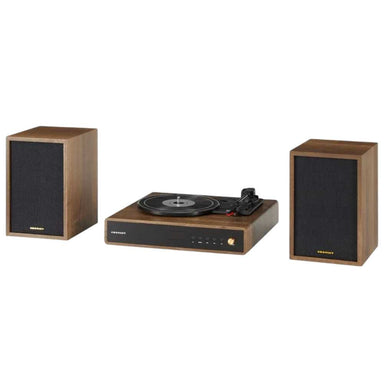
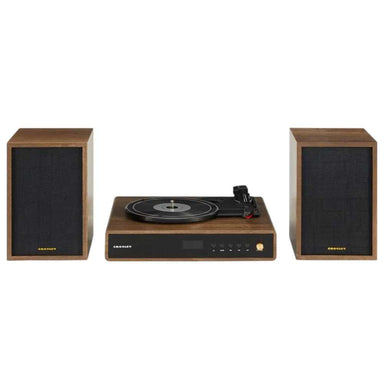 Save $44.70
Save $44.70
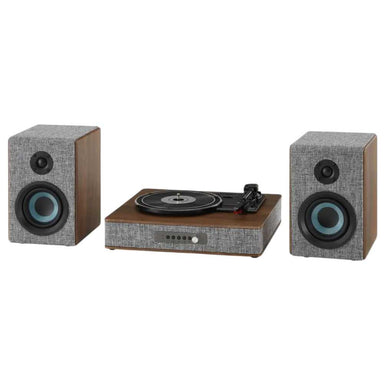
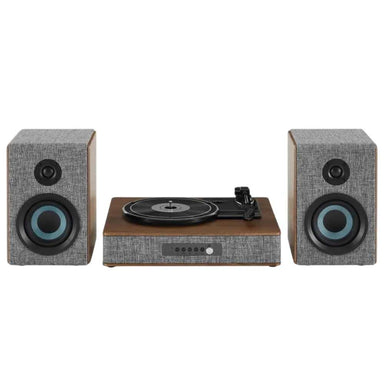 Save $44.70
Save $44.70

 Sold out
Sold out
Specifications: Max Rotational Speed: 78 RPM Included: Power Adapter, Record Mat, and 45 RPM Adapter Made from Engineered Wood and Faux Leather...
View full details
 Sold out
Sold out
Specifications: Max Rotational Speed: 78 RPM Included: Power Adapter, Record Mat, and 45 RPM Adapter Made from Engineered Wood and Faux Leather...
View full details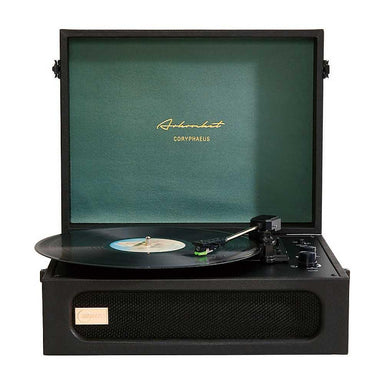
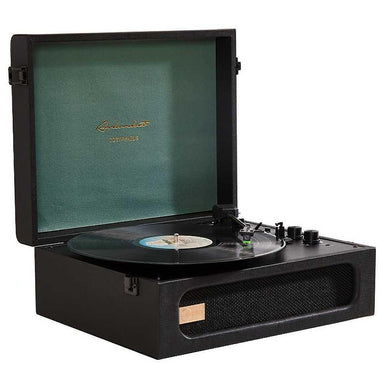 Sold out
Sold out
Specifications: Max Rotational Speed: 78 RPM Included: Power Adapter, Record Mat, and 45 RPM Adapter Made from Engineered Wood and Faux Leather...
View full details
 Sold out
Sold out
Specifications: Max Rotational Speed: 78 RPM Included: Power Adapter, Record Mat, and 45 RPM Adapter Made from Engineered Wood and Faux Leather...
View full details
 Save $25.28
Save $25.28
Specifications: Max Rotational Speed: 78 RPM Included: Power Adapter and 7" Adapter Made from artificial leather and wood Connectivity Technolo...
View full details
 Save $18.88
Save $18.88
Specifications: Max Rotational Speed: 78 RPM Included: Power Adapter and 7" Adapter Made from artificial leather and wood Connectivity Technolo...
View full details
 Save $22.08
Save $22.08
Specifications: Max Rotational Speed: 78 RPM Included: Power Adapter and 7" Adapter Made from artificial leather and wood Connectivity Technolo...
View full details
 Save $28.48
Save $28.48
Specifications: Max Rotational Speed: 78 RPM Included: Power Adapter and 7" Adapter Made from artificial leather and wood Connectivity Technolo...
View full details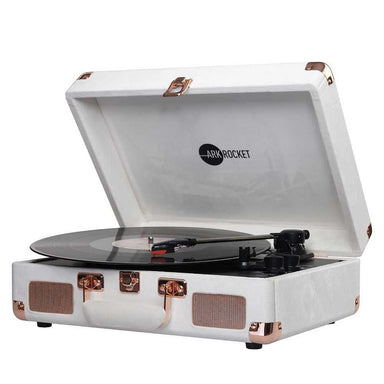
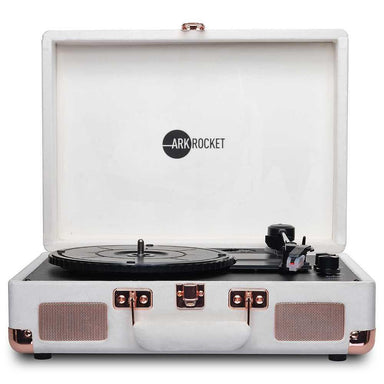 Sold out
Sold out
Specifications: Max Rotational Speed: 78 RPM Included: Power Adapter and 7" Adapter Made from artificial leather and wood Connectivity Technolo...
View full details
 Sold out
Sold out
Specifications: Max Rotational Speed: 78 RPM Included: Power Adapter and 7" Adapter Made from artificial leather and wood Connectivity Technolo...
View full details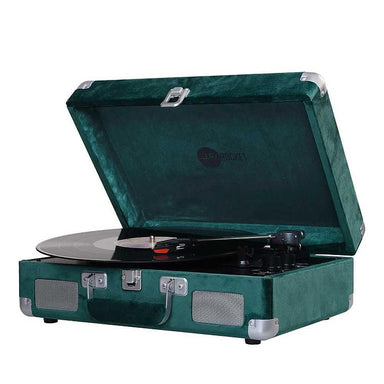
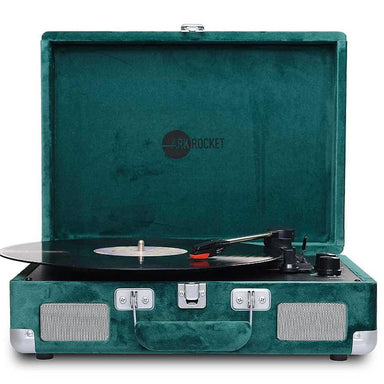 Sold out
Sold out
Specifications: Max Rotational Speed: 78 RPM Included: Power Adapter and 7" Adapter Made from artificial leather and wood Connectivity Technolo...
View full details
 Save $28.48
Save $28.48
Specifications: Max Rotational Speed: 78 RPM Included: Power Adapter and 7" Adapter Made from artificial leather and wood Connectivity Technolo...
View full details
 Save $28.48
Save $28.48
Specifications: Max Rotational Speed: 78 RPM Included: Power Adapter and 7" Adapter Made from artificial leather and wood Connectivity Technolo...
View full details
 Sold out
Sold out
Specifications: Max Rotational Speed: 78 RPM Included: Power Adapter and 7" Adapter Made from artificial leather and wood Connectivity Technolo...
View full details
 Sold out
Sold out
Specifications: Max Rotational Speed: 78 RPM Included: Power Adapter and 7" Adapter Made from artificial leather and wood Connectivity Technolo...
View full details
 Sold out
Sold out
Specifications: Max Rotational Speed: 78 RPM Included: Power Adapter and 7" Adapter Made from artificial leather and wood Connectivity Technolo...
View full detailsAdded to your cart:
Elegant, supportive, and incredibly well-built. The firm yet comfortable cushions are perfect for long movie nights, and the adjustable headrest and lumbar support make a noticeable difference. The premium leather finish looks stunning in our theater room.
Love the design and functionality. Reclines fully, massage is gentle but relaxing. Took a bit to assemble but worth it.
The craftsmanship is top-notch. Feels like sitting in a luxury car. Super comfortable for long movies or binge-watching.
No complicated setup, great aesthetics, and Bluetooth streaming works flawlessly.
So cute and works perfectly. Love how compact and lightweight it is.
compact, stylish, and the sound is better than I expected

